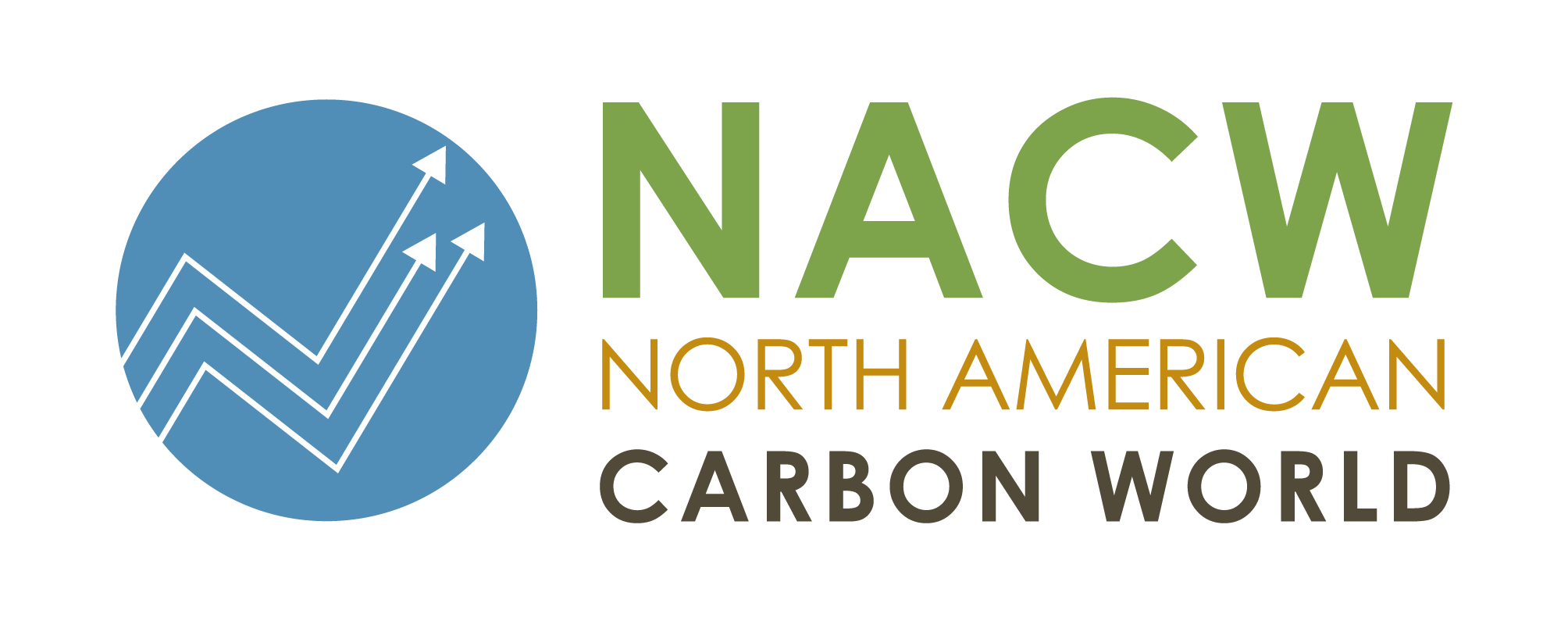1. What drives your environmental work and activism?
My passion for severe weather which led me into the climate change path in the first place. My belief that human compassion for the welfare of others will lead people to make the right choices about the environment surrounding them. My belief that personal actions will make a difference in slowing climate change.
2. What was one of your most exciting and rewarding achievements?
It may not sound like a huge accomplishment, but graduating with my master’s degree in Climate & Society from Columbia was not something I had planned on doing: I received notice of the program early in 2006, applied just in the nick of time, and moved to NYC a few months later. It was a whirlwind adventure and exhausting one-year program that brought me to where I am today.
3. Who is your hero (or someone you admire greatly)?
David Suzuki, Canadian scientist and environmentalist, co-founder of the David Suzuki Foundation. I grew up watching David Suzuki’s television program The Nature of Things which was centered on environmental issues. He was one of the first environment-focused influences in my life and someone I still greatly admire to this day.
4. What are your favorite and frequently visited websites?
Facebook for keeping in touch with friends and family across the globe. National Weather Service (NOAA) because I’m a weather geek and they present the most accurate weather and severe weather updates. Wikipedia, not for official research, but to help answer all those useless trivia questions running through my head; you never know when those tidbits of info will come in handy.
5. What is a tip you’d like to share for leading a more sustainable life?
Don’t buy bottled water. Seriously. It’s no different than your tap water. If you have older pipes then just use a jug filter and keep water in your fridge. The plastic waste from bottles is astounding and unnecessary.
6. Can you share a personal story that ties in with one of the Reserve’s protocol sectors?
Growing up, I was always excited to help my dad take large items and waste to the local landfill and help my mom compost kitchen waste out in the backyard. As a child, the landfill was like a huge depository of other peoples’ lives and I was always fascinated with what was left there and what I would see next. Composting in the backyard was more of a gross fascination with rotting food and how waste broke down and actually could help our gardens. Both experiences (and thanks to my mom and dad!) taught me about how unnecessarily wasteful people can be and yet how some waste can be beneficial. To this day, I’ve recycled, reused, repurposed, and donated items to others as much as possible. I would compost organics, but I don’t think my landlord would approve.
7. If you could spend one week in a natural area in the U.S., where would it be?
The Mojave Desert. Deserts tend to be under-appreciated because the flora and fauna are not as obvious as when trekking through a forest. Learning about desert wildlife and spending more time in the desert has been such a pleasure since I moved to LA. I would love to spend more time exploring the desert and camping in Death Valley…in the late fall or early spring, perhaps.
8. What is your favorite meal?
I love a great plate of loaded nachos or cheese enchiladas, but I think Greek chicken souvlaki, rice, roasted potatoes, dolmades, and tzatziki sauce would beat those other two favorites.
9. What is something about you that your professional peers would be surprised to learn?
I hiked Mt. Whitney in one day, and yes, I bought the t-shirt to prove it. It only took me 21 hours with small breaks. Yeah, not planning to do that again. Physically and mentally exhausting, but yet so rewarding to have done it.















